Cascara has an identity crisis. It is both coffee and tea, and yet neither of those. It has been both a new café trend and ancient drink tradition. It defies neat categorization. It is from the genus coffea, but is not coffee. It’s not from the species camellia sinensis, but acts and smells and looks like tea.
Cascara is the dried coffee fruit. Its flavors are complex; when brewed for several minutes, they are bright and floral. Brewed longer, they become deep and earthy. Its versatility allows it to be a tisane, a syrup or flour. It is an ingredient that plays well with others.
In Spanish, cascara means shell or husk. It is grown and cultivated in abundance, but most often discarded. The cascara fruit is hardly different than the bits of orange peel, cinnamon, hibiscus or dried apple you’ll find in specialty tea blends. Cascara can combine with similar ingredients, or live alone as a tea. Brewing cascara simply rehydrates the cherry.
In natural coffee processing, the sun dries the entire cherry on raised beds in a subtle and natural fermenting process that imbues the bean with brighter, fruitier flavors that becomes less acidic when brewed. After a dehulling machine removes the leftover dried fruit from the bean. The predominant processing practice is known as a washed process, where the cherry is washed off the bean using mechanical friction and water, while here, the beans undergo anaerobic fermentation, and the process is completed by sun-drying the beans on raised beds.
Because it is not derived from the plant of true tea (camellia sinensis), cascara is more of an herbal tea, or technically a tisane. However, common tisane definitions exclude caffeine. Cascara’s proximity to coffee itself gives it a modicum of caffeine.
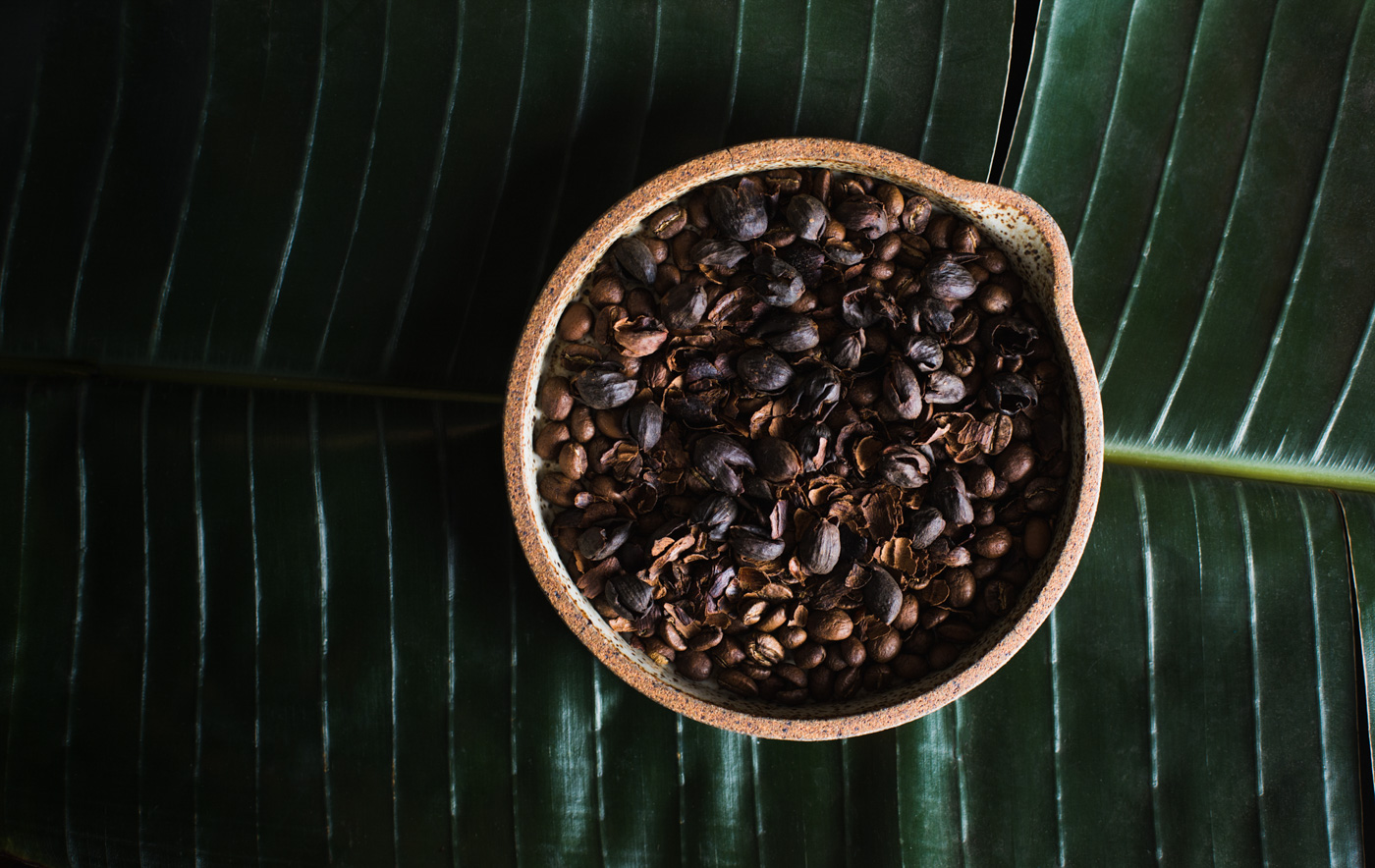
Chemistry and History
What we know about cascara is inextricable from what we know about coffee.
Every coffee plant is derived from either the arabica or robusta species, and it is the arabica that drives the specialty coffee industry and accounts for about seventy percent of coffee produced in the world.
The coffee cherry is a wonderful microcosm of chemical compounds. The bean contains nearly a thousand of them, including alkaloids like caffeine, and also trigonelline, the decomposition of which during roasting is partly responsible for several common coffee flavors and aromas.
The chemical makeup of the cascara is influenced by the coffee variety, along with other geographic factors like the region’s climate and latitude, but also the elevation the plant grows in, the conditions of the soil, and the history and development of the plant. Cascara is packed with phenolic compounds (phenolic acid, flavonoids and tannins, for example), which makes it a potent antioxidant. It has an abundance of fermentable sugars that can deliver a smorgasbord of flavors when brewed and many dietary fibers.
Although plenty of cafés have introduced cascara drinks in recent years, Starbucks made it more of a household name when it introduced its cascara latte in the winter of 2017. But like so many trends in the ancient world of coffee, modern takes on cascara are merely borrowing from history. Cascara has been consumed for centuries, especially by coffee farmers in Ethiopia and Yemen, where the dried fruit is commonly called is qishr, the Arabic word for “skin.”
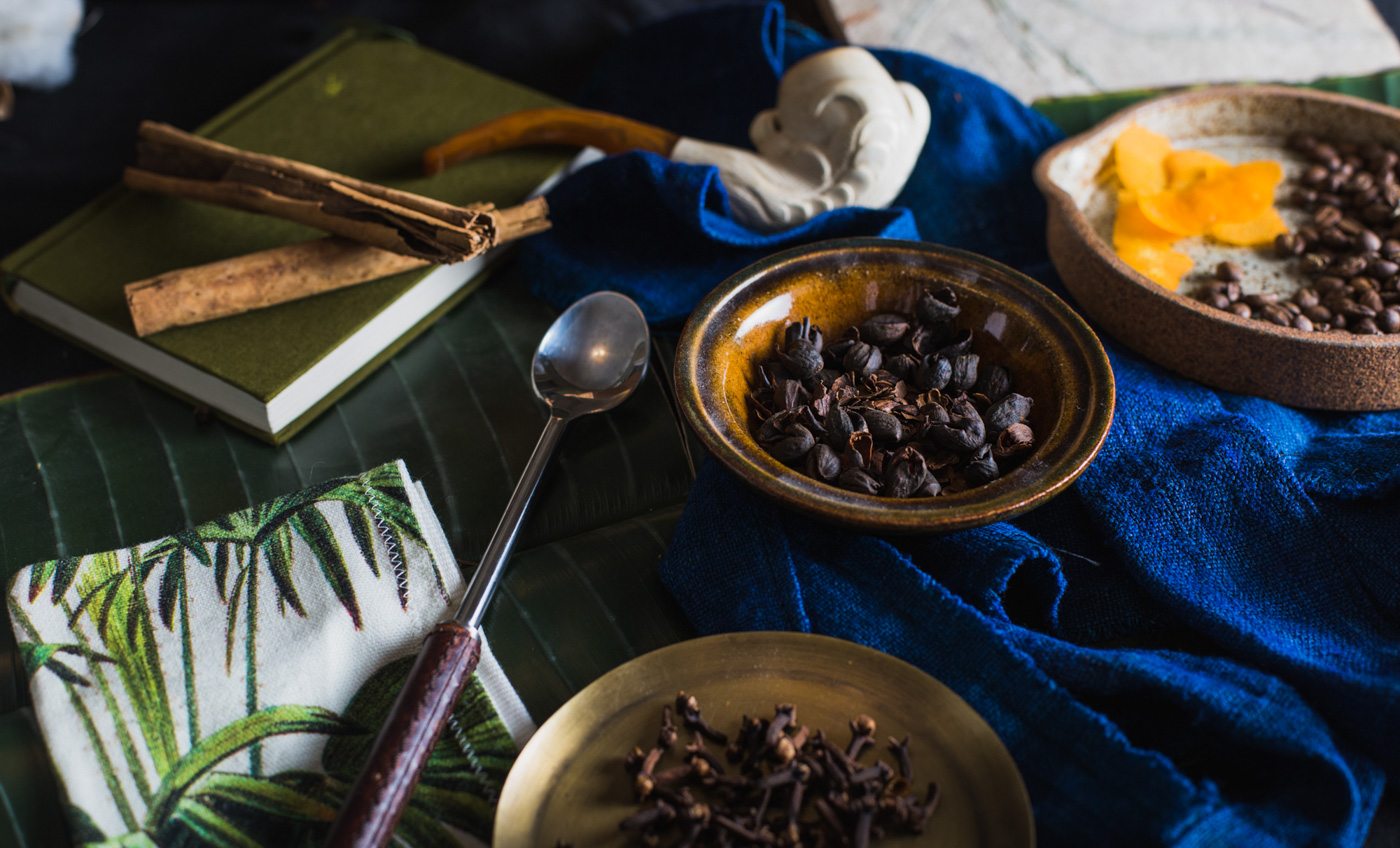
The Raised Bed-to-Table Problem
If Starbucks can capitalize on cascara, and if the coffee meccas have been drinking it for centuries, why is it still just a novelty?
The typical coffee producers dispose of the fruit, sometimes using it as compost, sometimes burning it, or sometimes dumping it into rivers. Yet, this already cultivated and harvested byproduct can fetch as much as fifty percent more money than coffee according to Jeff Courson, account manager at Ally Coffee, one of the top coffee importers in North America.
The problem stems from a lack of regulation and production standards, Courson says. Most cascara production involves drying the fruit on a raised bed in the sun, thus exposing it to an environment filled with bacteria and bugs that feast on sweet rotting fruit.
Cascara can easily mold. Like coffee, it is usually loaded in GrainPro bags (specialty bags for shipping dried agricultural product) and put in burlap sacks. They are heavy and sometimes handled indelicately, introducing external damage to the packaging and inviting more airborne pathogens.
Consistent quality cascara (reddish, slightly moist, with an incredibly fruity aroma) will only come with purpose-driven practices, Courson says, adding it must be treated as a primary concern. In other words, producers need to invest in specialized equipment (dehydration, fermentation) and a customized supply ecosystem (transport, food and safety regulations, and testing). These are large, expensive barriers, especially when demand is nascent at best.
Flavors and Applications
In spite of production challenges, cascara’s potential is intriguing. Because of its chemical makeup, cascara has the makings of a superfood. It’s also delicious. When infused, it produces naturally sweet flavors. Depending on how long you steep these dried husks, you can taste tangy, bright floral notes, or as I’ve discovered in my own brewing, notes of raisin, late-season plums, earthy cherry, and even a hint of tobacco.
Matt Miller of Blacklight Coffee Merchants, a reformed chef who sources, roasts and sells specialty coffee and high-quality exotic chocolate, has been selling cascara for nearly three years. He compares its tannins to those of a black tea or thick-skinned red grapes, like cabernet or malbec. He says the longer the Cascara steeps, the more it is able to release its own sweetness, thanks to its fermentable sugars. In fact, some people even make kombucha from cascara.
You can brew cascara hot or cold, or a little of both. You can reduce it into a syrup and use it in carbonated soda concoctions or cocktails. You can infuse vodka or gin with it. The syrup can even be put on pancakes or waffles. Some cascara producers have milled the dried fruit into a cascara flour. You can buy cascara from various cafés (in store or online), and it even comes as bottled sodas or cascara tea. Beer brewers, like Humble Sea in Santa Cruz, California, are experimenting with cascara in IPAs.
The following are a few recipes I’ve borrowed or modified. The ratio of cascara to water is something you can play around with, but in general you would use forty to forty-five grams of cascara for every liter of water. You should steep it up to twelve hours (sometimes more) cold, and up to eight minutes hot (about ninety-four degrees Celsius).
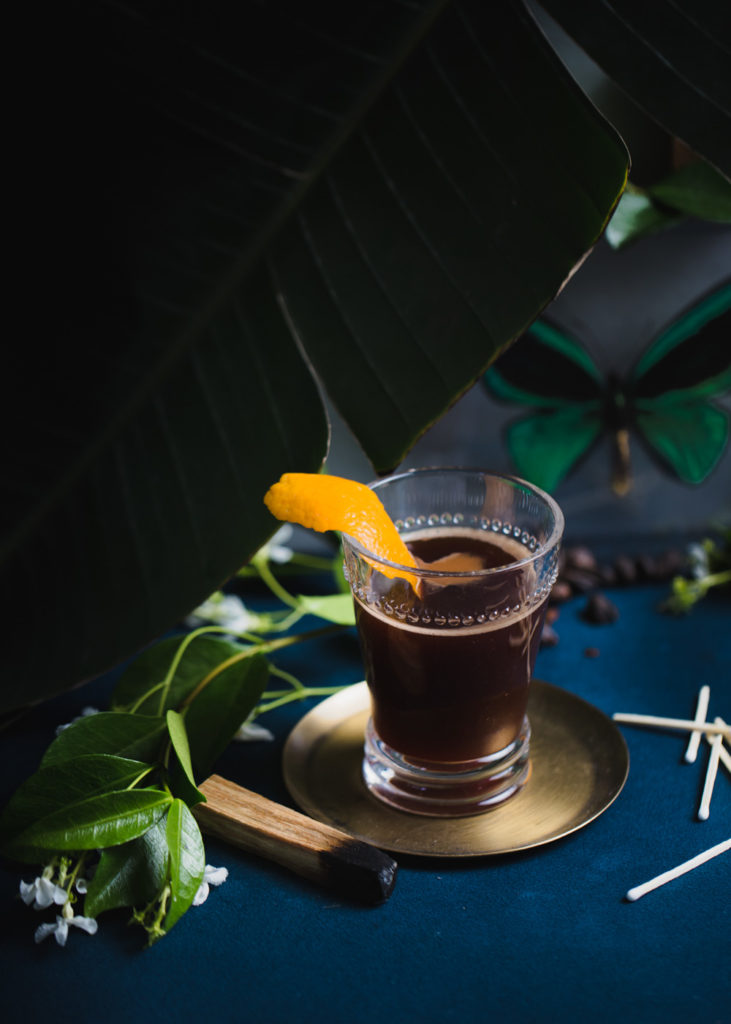
Fall/Winter Cascara Beverage
Ingredients:
20-25 g. of cascara
2 tbsp. date nectar
½ cinnamon stick
1 whole clove
2 small peels of orange
½ liter of filtered water
Method:
Steep ingredients for up to 24 hours. The mixture will be syrupy, so you’ll want to add about ⅓ cup of water and pour it over ice. Alternatively, you can brew it without the date nectar (or other unprocessed sugar source) and mix it in as a simple syrup. It has the earthiness of a pumpkin-spice drink.
Miller’s recipe, which I based my recipe on, hues a little more toward the traditional Ethiopian version. It calls for fresh ginger, cinnamon stick, and a dash of cayenne pepper. It’s absolutely delicious, with just enough kick—but be careful of going heavy on the cayenne pepper.
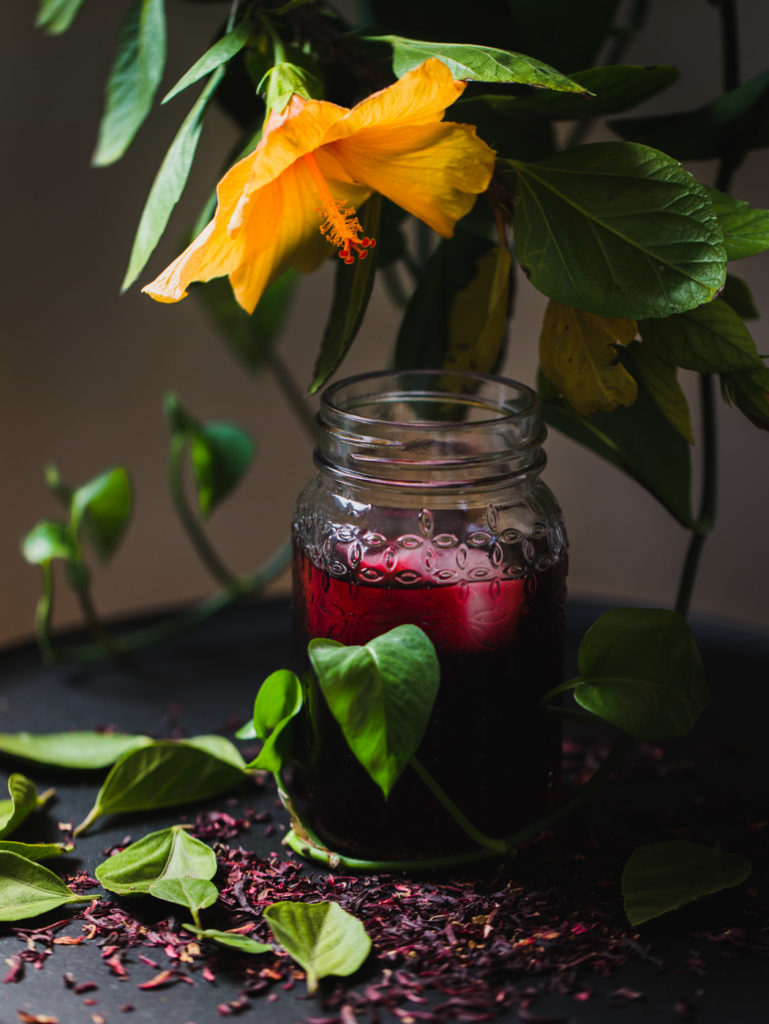
Summer Cascara-Hibiscus Tea
From Steelhead Coffee
Ingredients:
25 g. of cascara
25 g. of hibiscus (not the powder)
20 g. of a honey-based simple syrup, made of equal amounts of water and honey
1 liter of filtered water
Method:
Brew cold for 24 hours.
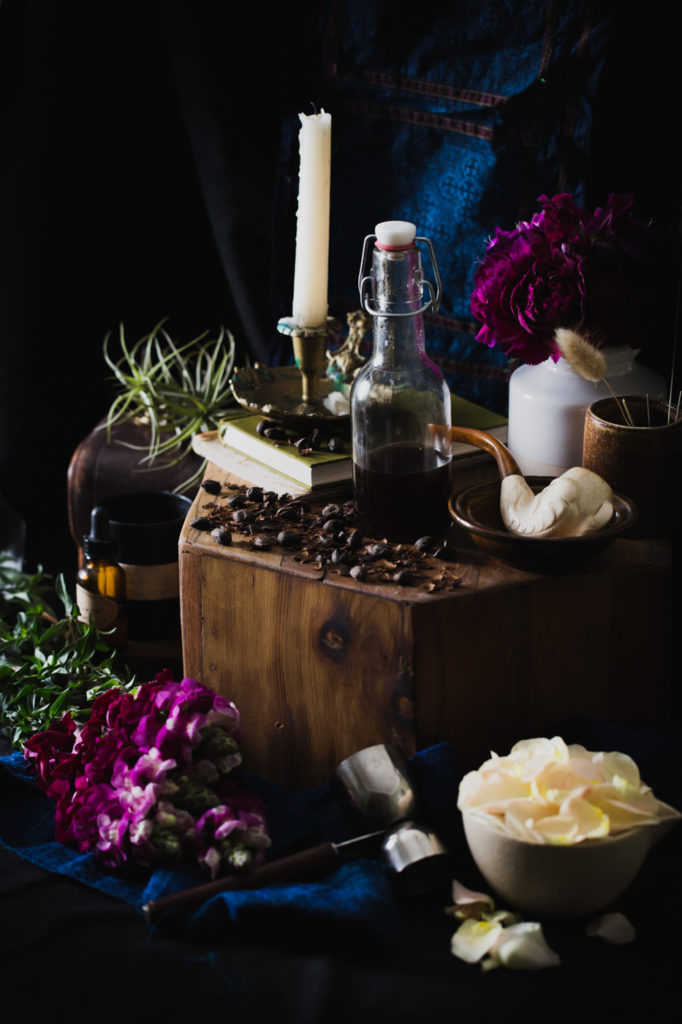
Cascara Simple Syrup
From The Little Black Coffee Cup.
Ingredients:
1 cup evaporated cane juice (you can use regular sugar)
1 cup water
25 g. cascara
Method:
Bring to boil in a saucepan, making sure the sugar is dissolved. Take off heat and let cool. When I first did this, straining out the rehydrated and syrupy sweet cherries, the mixture was sweet, but not particularly strong, so I put the cherries back in overnight and that made all the difference. You can really taste the cascara.
Special thank you to Matt Miller of Blacklight Coffee Merchants for providing the cascara used in these recipes. His current batch is a Nicaragua Pacamara variety he purchased from Bodhi Leaf. Also thanks to John Paguirre of Steelhead Coffee for sharing his shop’s cascara recipe.





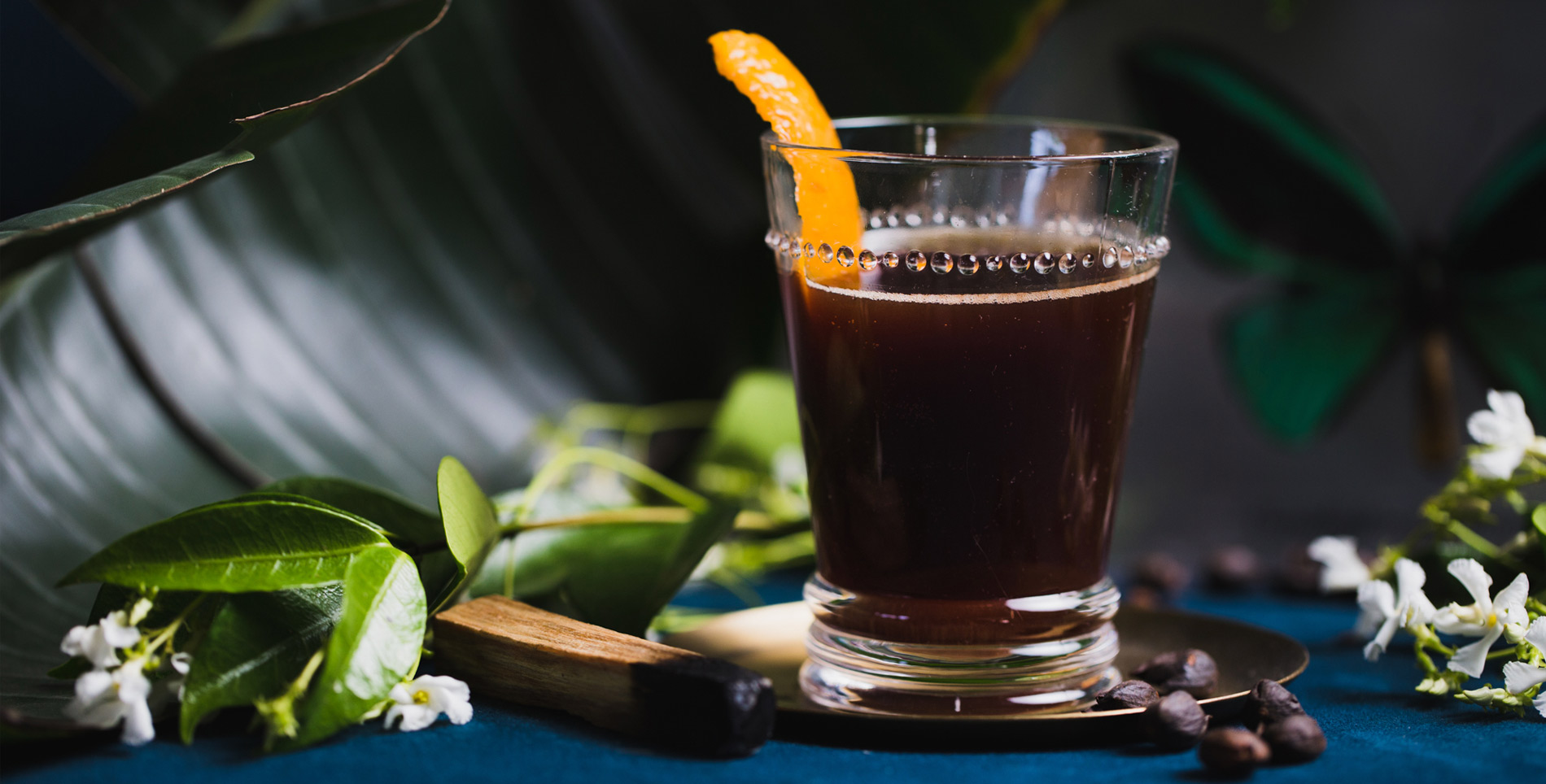

Our comments section is for members only.
Join today to gain exclusive access.